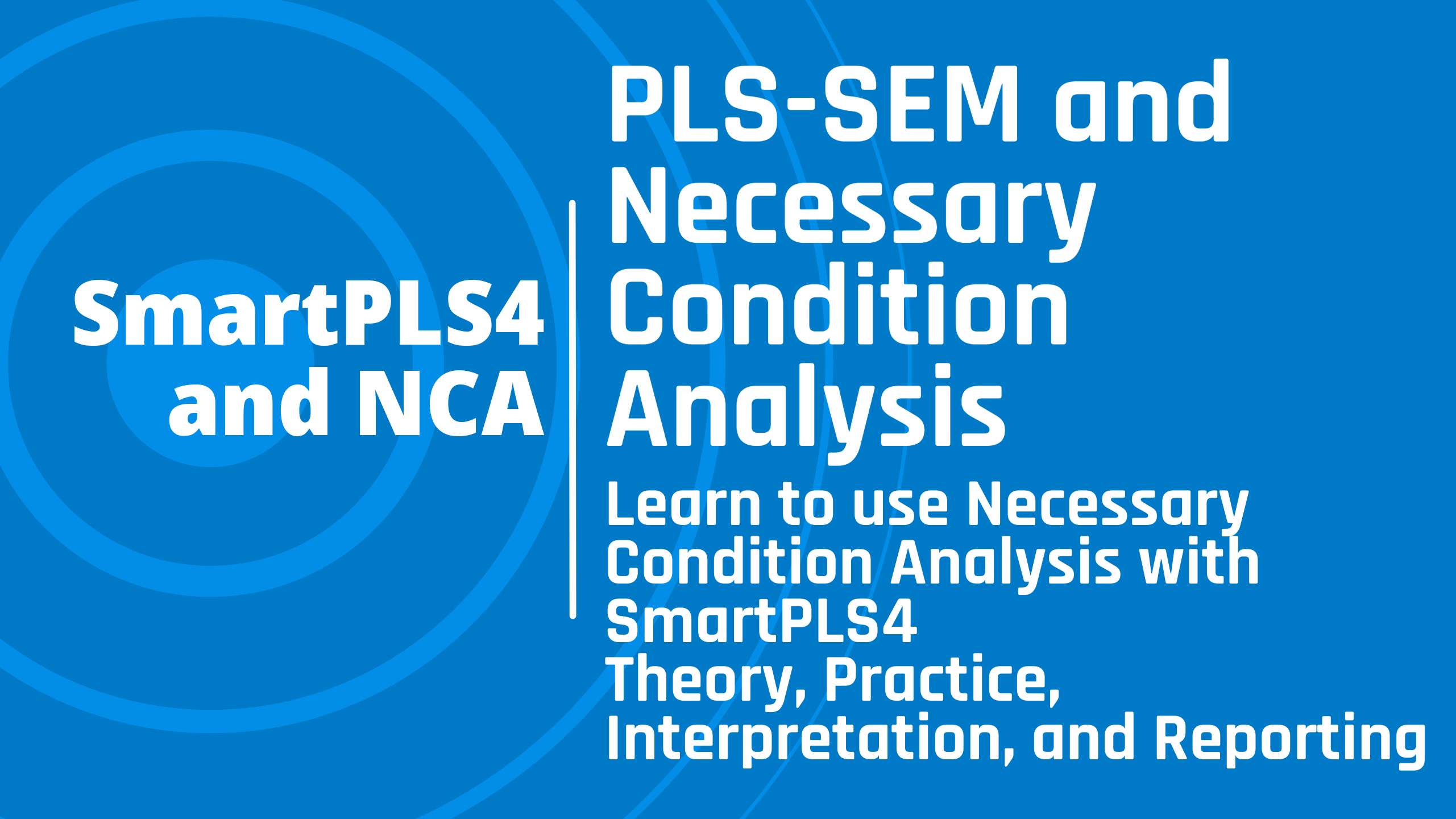Introduction
Go beyond traditional SEM! Discover Necessary Condition Analysis (NCA) with PLS-SEM in SmartPLS4 and unlock deeper insights into your data. Learn how to identify variables essential for achieving desired outcomes, even if they’re not sufficient on their own. This tutorial covers:
- What is NCA, and how does it differ from SEM?
- When to use NCA in your research
- A step-by-step guide to conducting NCA in SmartPLS4
- Interpreting NCA results for actionable insights
